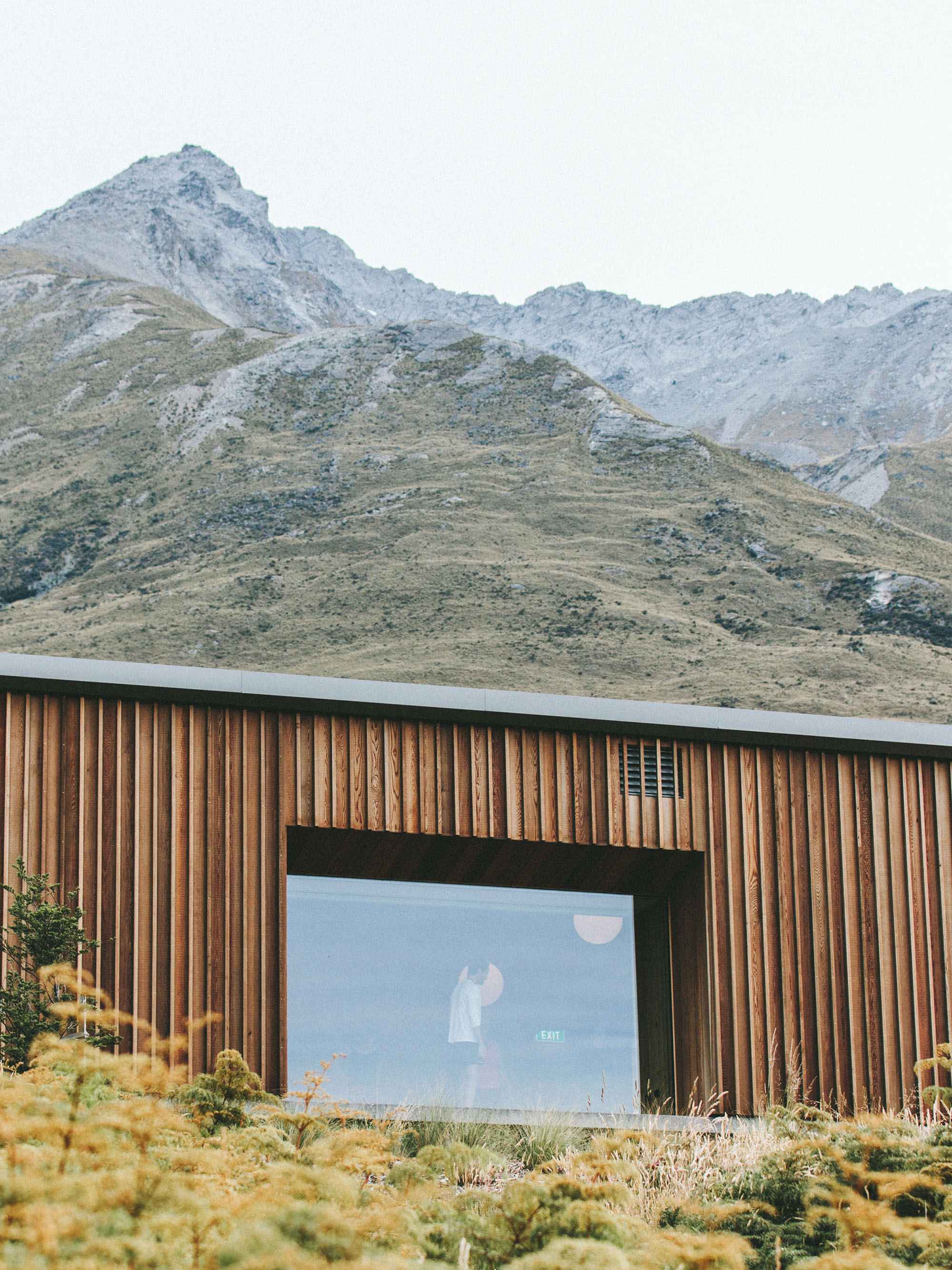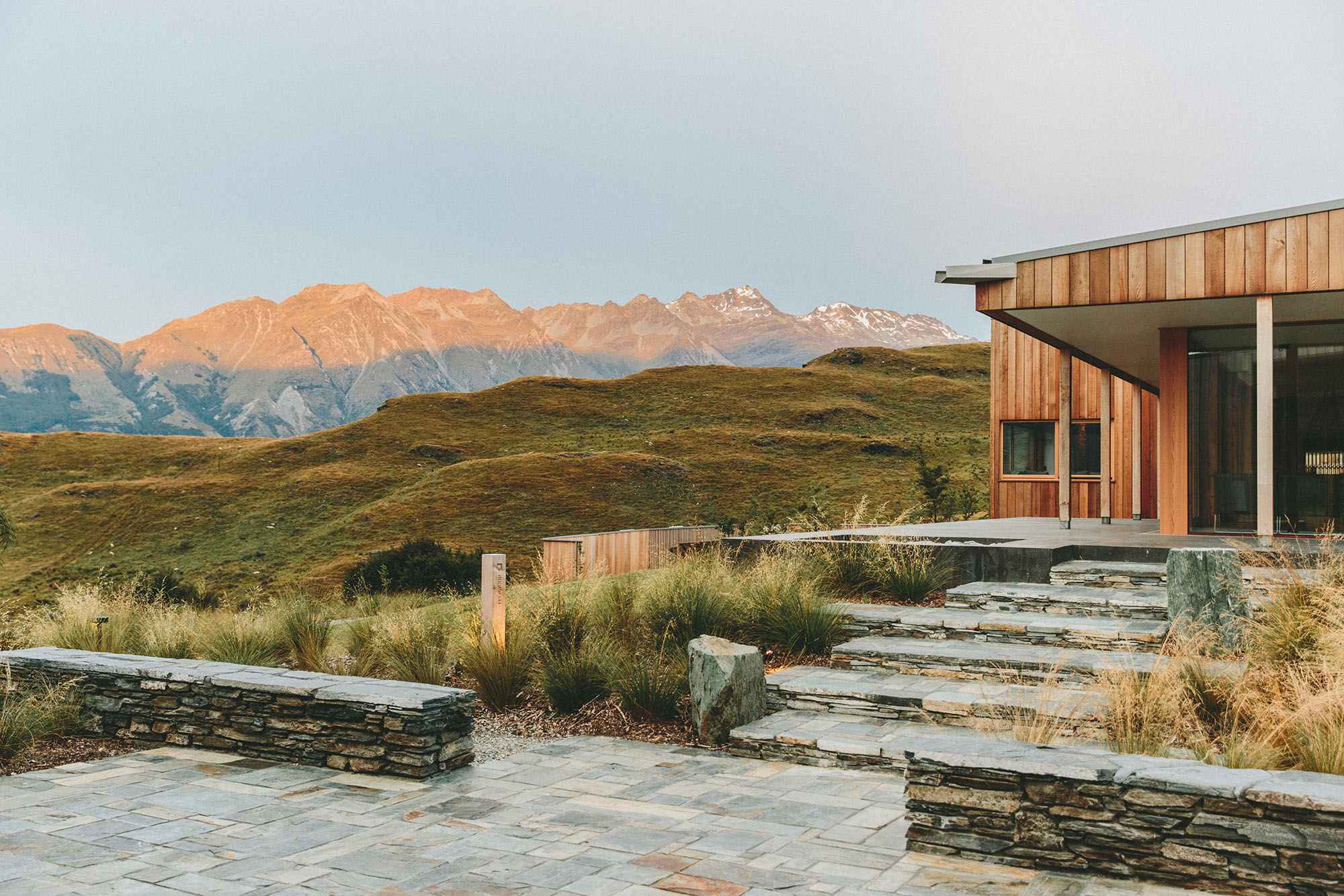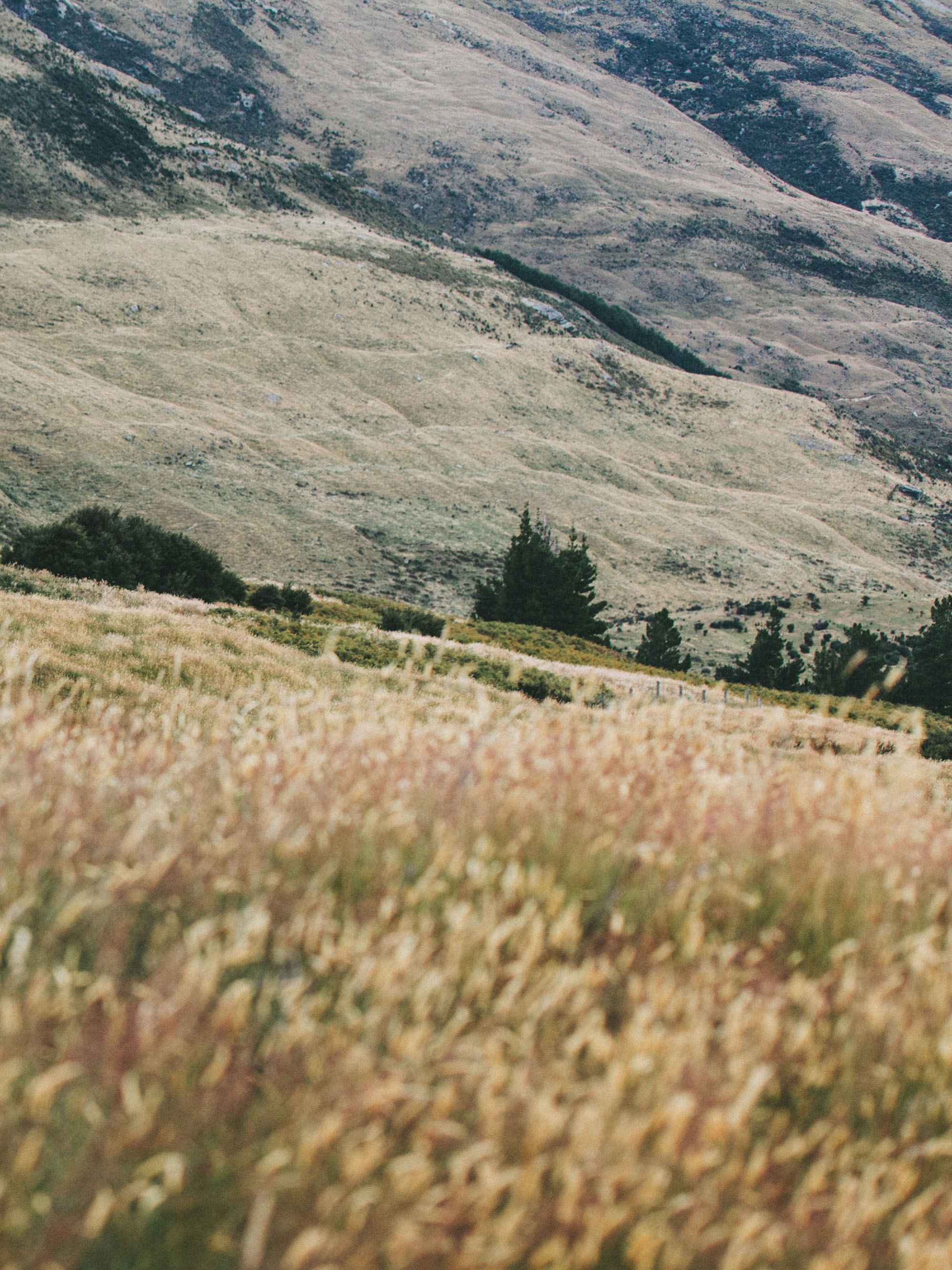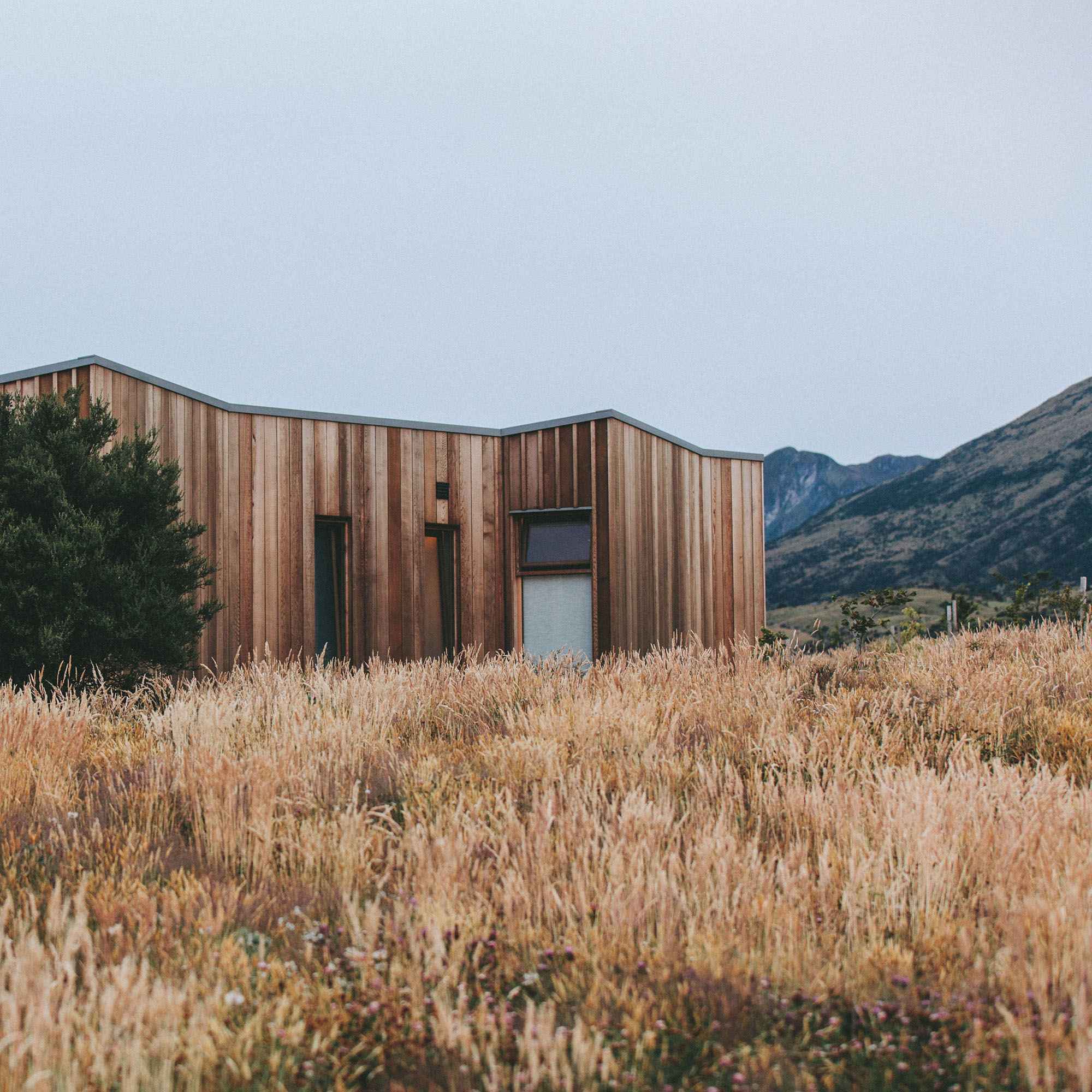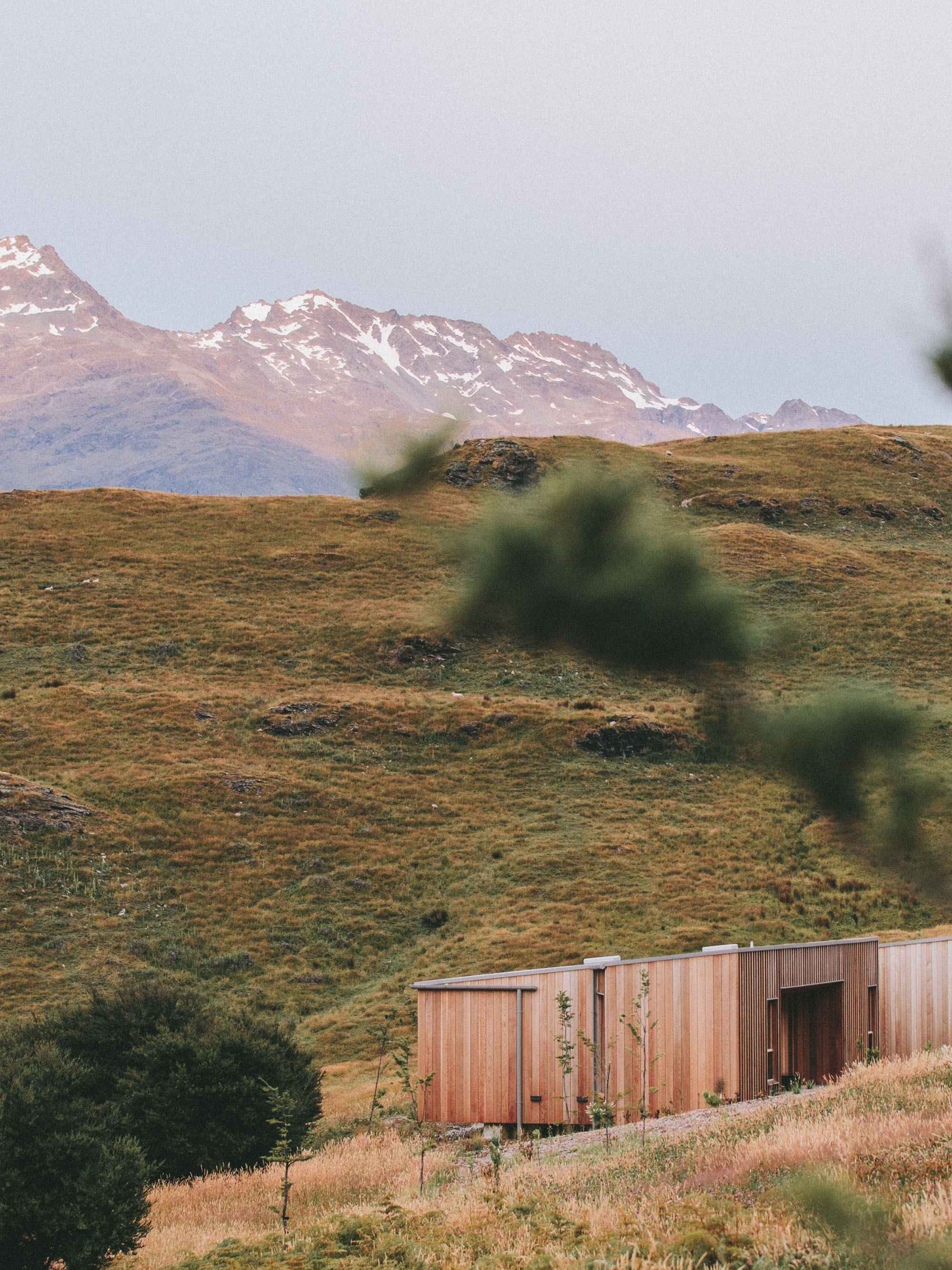MEDITATION FOR THE REST OF US
Having a meditation practice only fortifies our efforts in self-regulation and creates depth to our many experiences over time. There are many things in life beyond our control – including our own imminent death (I know, heavy right?). Human beings are masters at avoiding, diverting and ducking this fact and it filters into all of the ways that we clamber desperately to avoid being present and FEEL where we are.
However, meditation introduces us to a methodology (in spite of its many variances in technique) that allows us to be empowered and (sometimes) take responsibility for where we are, as we are.
As human beings who move in the world, owning the space we reside in (this body) and the MINDS we share through speech & action is fundamental. As an added bonus: meditation gives us the tools to become more mindful and aware of our own impact on not only our own experience - but the experience we impart upon others.
Tips to get Started
Meditation is most often in silence - but soft music or white noise can be useful.
If you need to stretch or change position during meditation, this is fine. Come back when you’re ready.
The practice should not feel forced. If you find your practice overly agitating, it may be the wrong technique for you. Try something else - but do not give up.
Meditation is ultimately a very personal experience (even when practiced within a group) so listen to your gut.
Various techniques can be used including using silent mantras, breath awareness, and visualizations - there are a few listed below but this is by no means an exhaustive list.
Regardless of the technique you choose, ultimately you want to come to a place where you focus on the subtle effect that the technique creates rather than the technique itself.
If you have questions or would like assistance - please feel free to reach out to me via the contact page!
Preparing for Meditation
The following components promote a strong practice:
Wear comfortable clothing - this is simply removing another physical distraction so our focus is more potent.
Choose a seat that is a comfortable position in which the spine is upright to the earth. Using a meditation cushion or folded blanket will enable you to keep the spine more fully erect (even a chair or at the wall is ok). Tall spine, awake mind.
Lying down is not recommended – it gives the body the impression that we are going to sleep – and it is easy to lose focus and drift off. (My teacher Janet Stone calls this 'beditation'. Not as effective, I assure you.)
Choose a hand position (or mudra) that you can maintain comfortably for the duration of your practice.
Establish a regular practice time for yourself every day with consistency. It is more important to meditate daily for a short period of time than it is to meditate for long periods of time sporadically.
Simple Focus: Stillness
Keep the body still so that you can experience stillness
Commit to doing nothing more than sitting quietly and watching what happens
Sit and observe the thoughts that arise and pass through your mind
Sit and observe sounds that pass, sensation in your body, everything - just allow for it
Keeping the body still can be a challenging meditation in and of itself simply because the body and mind are so intimately connected - stay with it and observe how they influence each other.
Simple Focus: Breath & Thoughts
Do not control the breath; simply observe the inhalation and exhalation
Do not hold onto the breath and do not hold onto any thoughts
Watch the breath come and go
Watch the thoughts come and go - there will be LOTS
Don’t actively breathe; let the breath breathe your body while you watch
Don’t think; let the thoughts flow through the mind while you watch
Meditation differs from reflection/contemplation in that reflection/contemplation are about dwelling on or analyzing our thoughts. Rather, let the thoughts come and go without attachment to them or the story they tell.
Simple Focus: Mantra
Mantra provides a point of focus so the mind does not wander during meditation
Using a Mantra can change your deepest subconscious thoughts by planting a “seed” of thought that influences in a positive direction - creating new pathways in the mind to support our best 'habits'
The mantra or “seed” creates a vibration within you that interrupts negative habits making space for more potent mind patterns
Choosing a mantra should feel affirming. If you are not comfortable with choosing a mantra or are unsure of what to look for - ask me.
It is thought that through the discovery of our meditation, we become less dependant on external substances or external conditions for deep happiness. Essentially - we become more at ease with who we are and as a result - are pretty stoked to be here, in this body, with this breath.
It's a beautiful thing, really.





